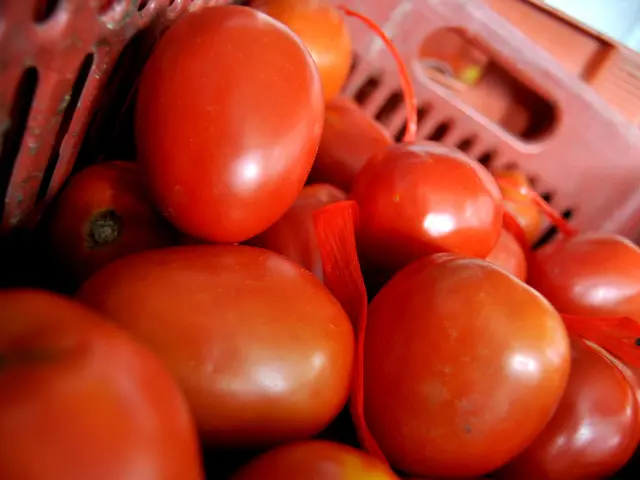Managing the Trimming of Citrus Trees: Nine Strategies for Improved Vitality
Pruning citrus trees is essential for their ongoing health and optimal fruit production. Here's a step-by-step guide on when and how to prune different types of citrus trees, such as lemons, limes, grapefruits, tangerines, oranges, and Meyer lemons.
Prune Straight After Harvest
The best time to prune a citrus tree is immediately after harvesting the fruit. This is typically during early spring or early fall, depending on the specific Citrus variety and growth zone. In most parts of the country, February through April are the ideal months for pruning a citrus tree.
Prune your citrus trees right after the harvest as they grow new growth on the nutrients from the harvested fruit. This new growth will protect the exposed wood from the summer sun. Avoid pruning between May and October, as this exposes branches and trunks to direct sun, making them susceptible to sunscald.
Use the Right Tools
- Hand pruners: Remove small sprouts and branches.
- Pruning saw or loppers: For larger branches.
Ensure your tools have sharp blades and are sanitized to prevent spreading diseases. Sterilize your pruning tools with a 10% bleach solution before starting and between trees to help prevent the spread of plant diseases.
Cut Branches Back to the Collar
When removing a branch, make a clean, angled cut just outside the branch collar. Make sure to cut back to the swollen area where the branch joins the trunk. Cutting back to the collar aids in quick healing and prevents weak sprout regrowth.
Resist the common pruning mistake of cutting a branch off too high above the collar. This will make the healing process longer and increase the chance of tree diseases or pests attacking.
Remove Dead and Damaged Branches
- Before or after the harvest, remove any dead, damaged, broken, or diseased branches.
- In the event of a freeze, don't immediately prune the affected branches. Sometimes new growth will emerge from the frost-damaged wood in late spring. If there is no new growth by May, declare those freeze-damaged branches a lost cause and remove them.
Make Three-Part Cuts on Big Branches
To cut branches more than 1 to 1.5 inches in diameter, use a three-part cut to minimize damage to the tree.
- Start with a small undercut from the bottom of the branch.
- Cut three inches farther out from the undercut, ensuring a clean break.
- Remove the remaining branch stub close to the branch collar.
Remove Suckers
Suckers, also known as water sprouts, grow from the trunk or large branches and are generally unproductive. Cut them off as soon as they appear to avoid wasting valuable energy on their growth.
Cut Off Crisscrossing Branches
Remove branches that hang over or cross other branches to prevent wounding and potential entry points for diseases and pests.
Remove Some Lower Branches
Prune away lower branches to improve airflow, reduce the risk of fungal diseases, and make harvesting easier. This process is called skirting and helps keep the base of the tree free of weeds and well-fertilized.
Prune Lightly but Regularly
Light pruning every year prevents overgrowth and keeps your citrus tree producing a successful annual crop. Spending less time pruning now means avoiding extensive work later and helps maintain the tree's health and fruit production.
Always aim to prune no more than 15 to 20% of a citrus tree's canopy in a single year, aside from the removal of freeze-damaged wood, which can be pruned whenever required.
In the realm of edible gardening, Shrubs Vines and Trees play a significant role. Caring for these plants, including Citrus trees, is essential for their health and optimal Growing Fruit production. Following Best Practices, such as pruning after harvest, can greatly enhance their productivity.
To ensure the health of your Citrus trees, use the Right Tools with sharp blades and make sure to sterilize them before use. This prevents the spread of plant diseases and promotes healthy growth.
When Pruning, it's important to Cut Branches Back to the Collar, making a clean, angled cut just outside the branch's swollen area where it joins the trunk. This aids in quick healing and prevents weak sprout regrowth, contributing to the overall health of your citrus tree.








